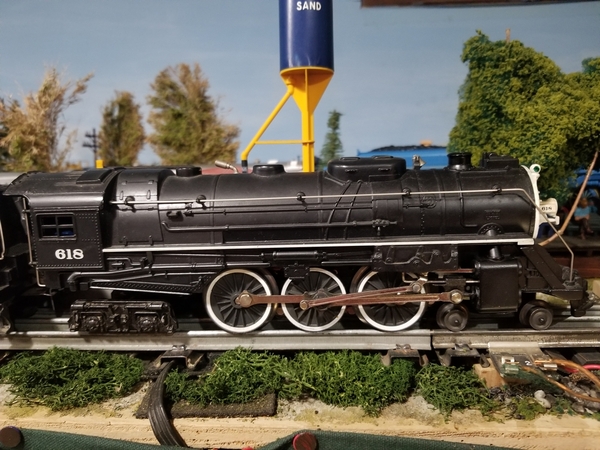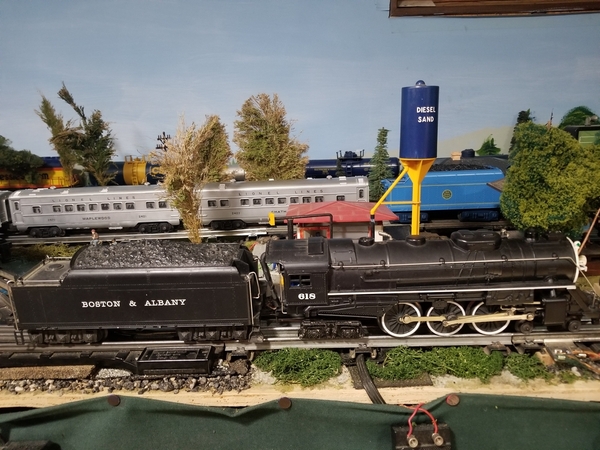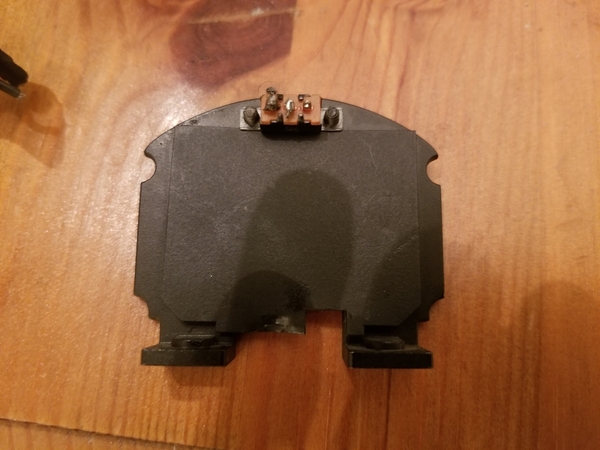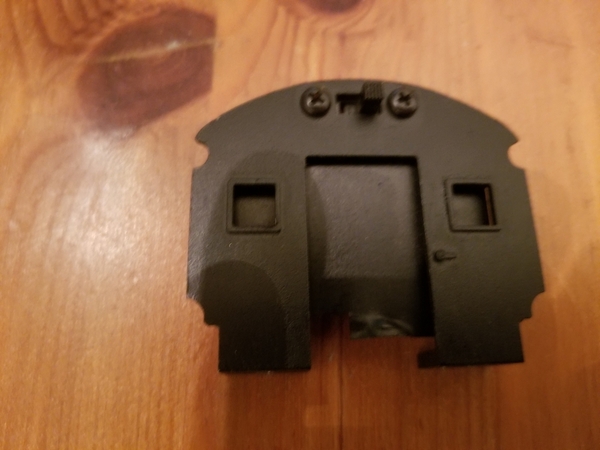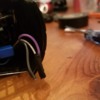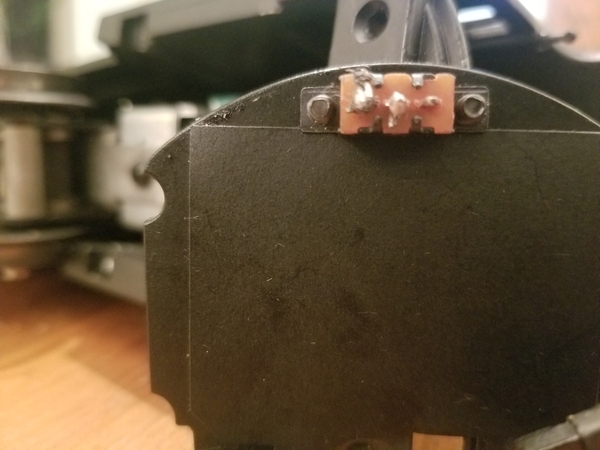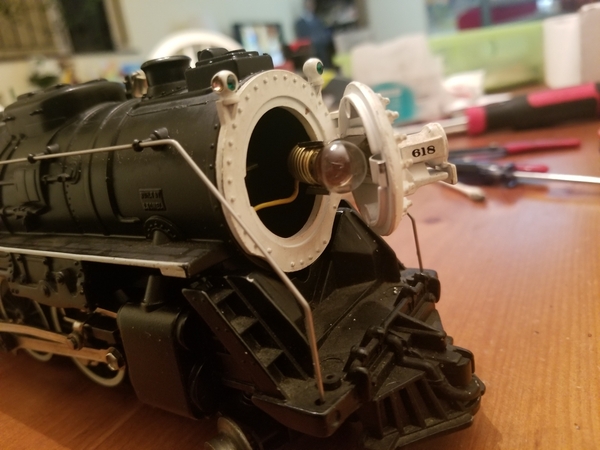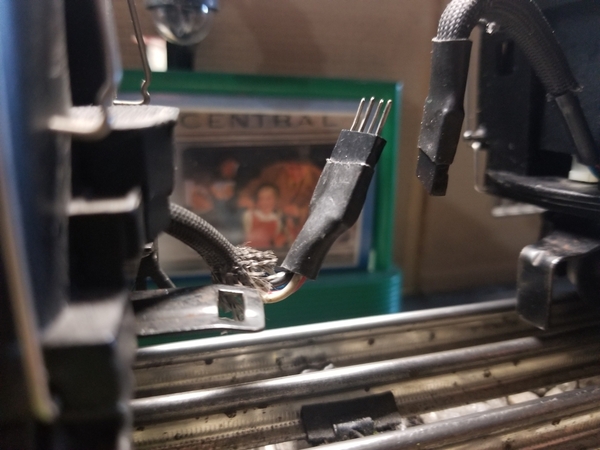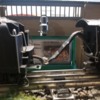Arnold, when you get all thru greasing and lubing, take several clean, dry cotton swabs and clean off your wheel treads and your wheel flanges, I can see grease globs on or close to both. Do not use the same area of the swab to make multiple passes while cleaning, just one swipe at any small smudges of grease, then rotate to find another clean side of the swab and wipe a new area. Same goes for any globs of grease you find on any moving parts, clean it off before it has a chance to sling off.
I would caution you in regard to applying grease and/or oil to the armature shaft where it goes through the brush plate. While the armature shaft absolutely needs to be lubricated (both ends), any excess applied to the shaft on the brush plate side can easily sling off onto the commutator segments on the armature and will cause havoc if they do so. Keep it light. Through trial and error, my preference is to only use a light oil, and just a very small drop. The engine will tell you if/when it needs more.
Just for grins, you may want to watch this short video on lubrication from Lionel, it talks about NOT applying grease to your gear teeth - when you're done with that, watch this video from some lad named Dean - I have no idea who he is, but he recommends that you do put grease on your gears!
What's the point you ask? In short, the point is that everybody has an opinion on the way things should be done, and they are rarely all the same. As a repair shop manager, I learned that if you have ten different technicians all working on the exact same product, you will have ten different products rolling off your service line unless you provide them with one standardized repair procedure and then train them all to that procedure. What if there is no standardized procedure? Then follow the manufacturer's recommendations - they hire real engineers and even do testing to come up with their procedures. That said, the Lionel video seems pretty minimal in my opinion, but I would bet Lionel has supplied additional info over the years that can be found in operator's manuals, instructions sheets, perhaps even more videos. It will make some interesting reading.
For now, just clean up any excess lube you have on your drive train and get your wires soldered. I suspect that after watching videos and learning more about the repair of your toys, and getting your feet wet, you will, like most of us, develop your own particular approach to doing things like this. 
I have attached an excerpt from Lionel Supplement #30 for your engine. You can see the purple and white wires do go together and are soldered to one of the end terminals on the switch, while the remaining wire appears to go to the center terminal. Best of luck!
George




